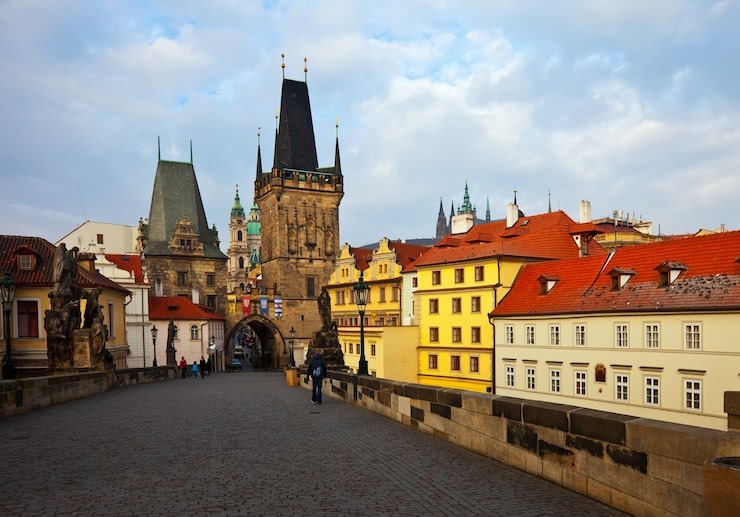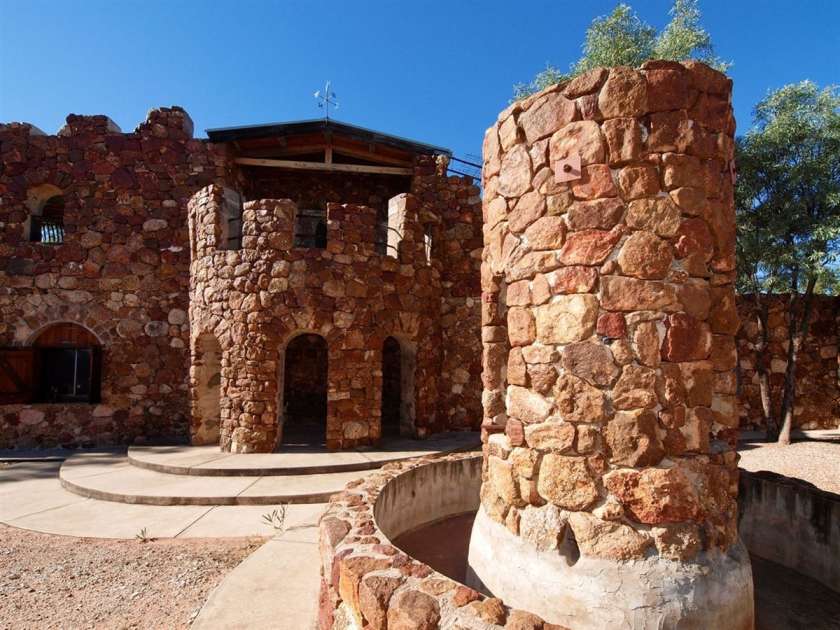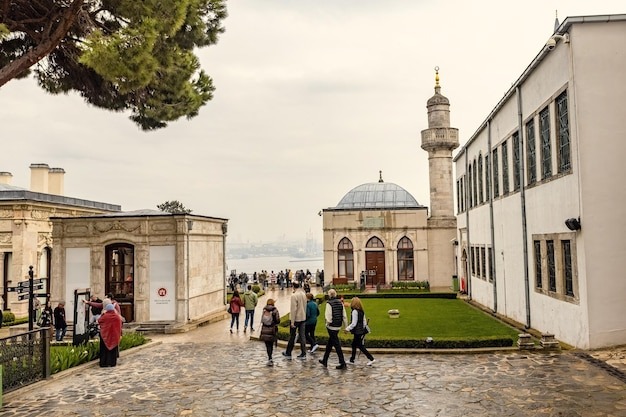Luxembourg's Tiny European Nation is famous for its palace, and the grand Romankue Viaden Castle is the most impartial for all of them. It was built with the view of our river beautiful on the site of an ancient Roman Fort between the 11th and 14th centuries.
It was one of the most magnificent feudal houses in Europe and was at the peak of its powers under Henry I of Wanden in the 13th century, known as Luxembourg's 'Sun Count', thanks to his magnificent lifestyle. The palace was restored in its original glory after transferred to the state ownership in 1977.
Prague Castle, Czechia

Prince Borivoz of the Premisalid dynasty (perhaps) began the construction of Prague Castle in 880 AD, and has expanded it by various rulers of various dynasties for centuries. According to the Guinness World Records, the UNESCO-list building is the world's largest consistent palace complex, covering 753,000 square feet (70,000 sqm). But it is very beautiful - a frightening mixture of Romankue and Gothic grows His Excellency Majesty over the Valtwa River. It is one of the most important cultural institutions and checks of the Czechia.
Chapultepec Castle, Mexico
The Chapultepec Castle sits over a 200 -foot high (60 meter) Rocky Hill on the western edge of the Castle Mexico City, named 'Hills of the Grasshore' in the Nautal language. Aztec once had a fort here, while Spanish built a chapel here in 1554 before converting a luxurious house in the 1780s.
It briefly placed the Emperor of Mexico in the 1860s - the only building on the North American continent was as a royal residence - and then the home to the Presidents of Mexico until 1940. Today, the National History of Mexico in the palace is a museum, and its roofs offer excellent views in the city.
Amigo’s Castle, New South Wales, Australia

Outback is a certain foggy beauty for this stupidity in Australia. It was built by an Italian immigrant Vitorio Stephanato, which came to the Opal Mining Town of Lightning Ridge in 1973. Local people named him Amigo and immediately set about the construction of his dream house, stone with stone. You will find it in your palace till date, where he will happily show you around and spin you a yarn or two about its history. He can let you see your 'Dragon', a dinosaur bones (perhaps a plasiosaur) that he found during construction.
Amber Fort, India
This amazing Rajput jewel crowned a rocky hill near the 'Pink City' in Jaipur. Made of red sandstone and white marble, it is the second most viewed site in India after the Taj Mahal and was designed in 1592 to serve as a palace. But with its gorgeous interiors and calm courtyards, this royal refuge soon became a place for music, art and scholars, refined as its flickering mirror hall with a court culture.
Read more:- Fun Things to Do in Yachats, Oregon
Larnach Castle, New Zealand
New Zealand's most famous 'Castle' (although its sole one), Larnach Castle sits on a ridge with a view of the city of Dunedin's South Island. Manufactured by notorious entrepreneur and politician William Larnach in 1871, it immediately had to undergo a tongue with his over-the-top oppression, neglect in Victorian New Zealand.
In 1898, Lanch's Midas Sparsh left him, and his financial difficulties inspired him to take his life in Parliament House in New Zealand. Today, the palace has been restored with love, and its magnificent gardens are particularly notable.
Bodiam Castle, England, UK
The Bodium Castle in the East Sussex is a classic medieval palace, with thick, craned walls supported by nine stabi towers, all surrounded by a gap. It was built in 1385 by Sir Edward Dalegriguez, which was earlier one of the knights of Edward III, in front of the possible invasion by the French during a hundred years of war. Its design is unusual that it was designed for comfort as security, with many internal courts providing enough space for living and working inside the palace. Today it is one of the most loved assets of the National Trust.
Topkapi Palace, Turkey

The Stunning Topkapi Palace was initially formed by Ottoman Sultan Mehmade II after conquering Constantinopal (Istanbul) in 1453. Many of his successor Sultans added their own flourishing, resulting in a medley of Islamic, Ottoman and European styles. The giant palace enjoys commanding views in Bosphorus and up to 4,000 inhabitants of up to 300 residents in Haram alone. Today it is a huge museum that exhibits important artifacts from the Ottoman Empire, including a comprehensive collection of books and manuscripts.
Rhodes Castle, Greece
The Fantastic Ace of the knights, or Kastelo for the local people, takes off an discuss of extravagant solidness and is one of a few Gothic buildings in Greece. It was created by the knights of St. John of Jerusalem in the 14th century, a Catholic military order also known as hospitals, who used the island of Rhodes as the basis of crusade in the holy land. Castle's thick sandstone walls and craneted towers were considered impermeable and by the time Ottoman Sultan Suleman II had changed with 100,000 men in 1522, many were siege.

